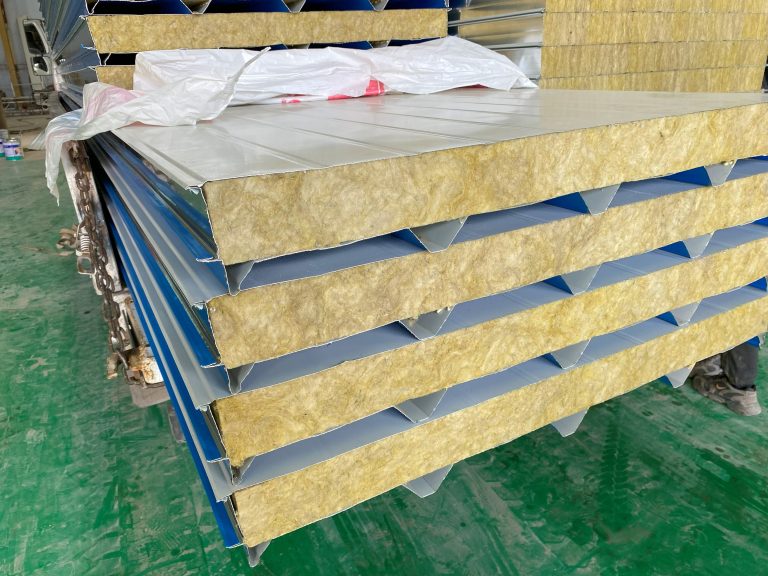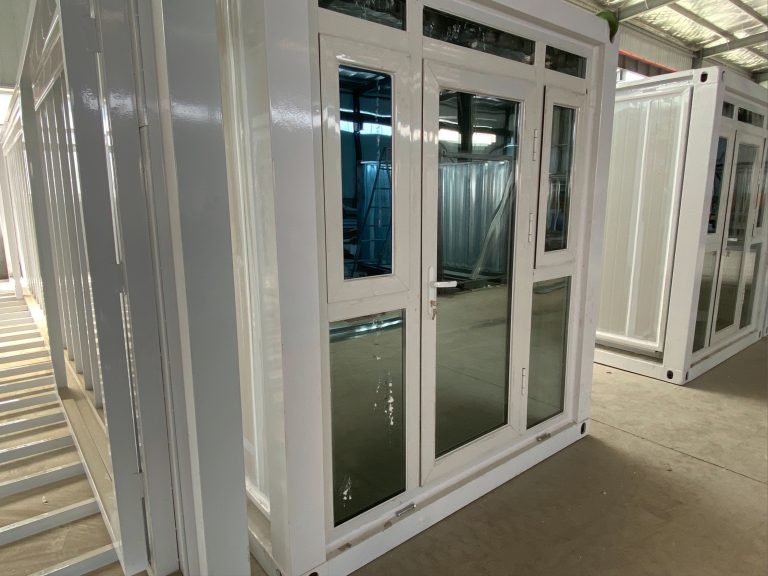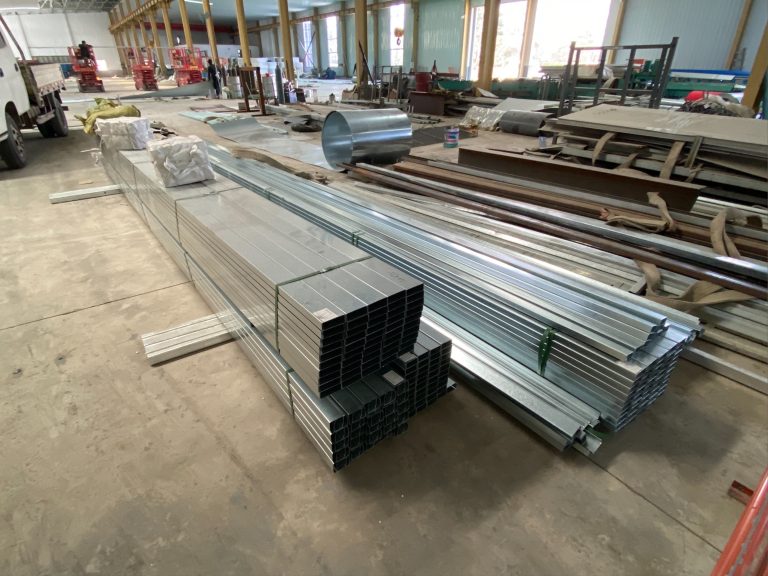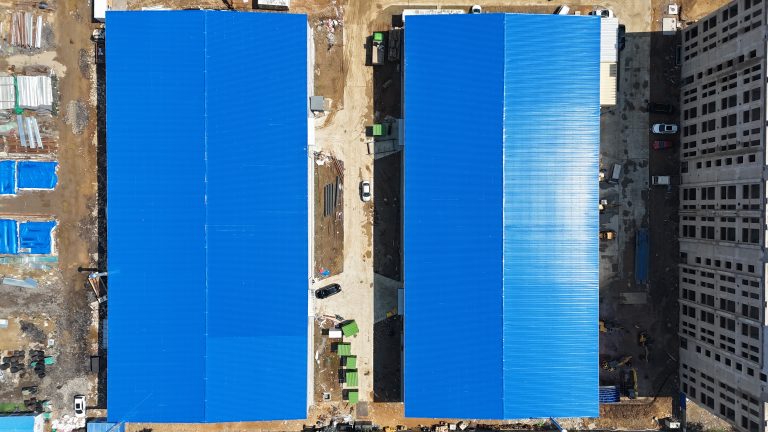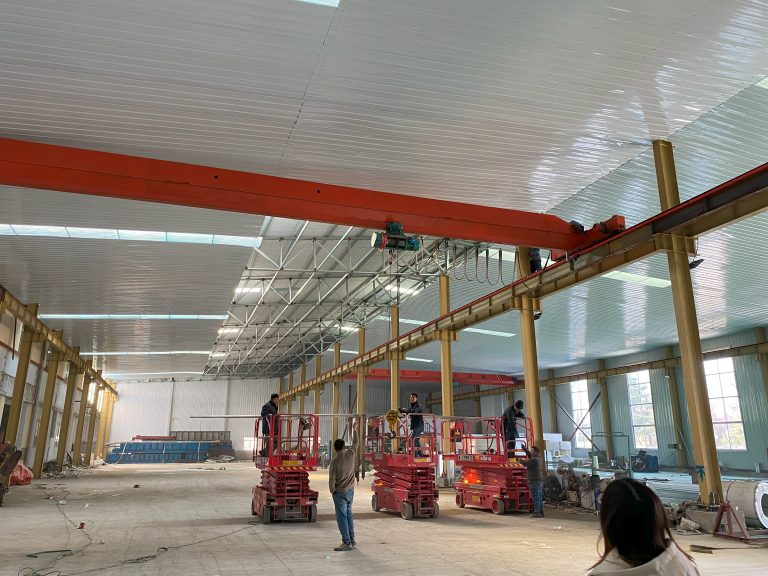Technical innovation of intelligent operation and maintenance management system of steel structure building
Inhoudsopgave
Benefits of Implementing Intelligent Operation and Maintenance Management Systems in Steel Structure Buildings
Steel structure buildings are becoming increasingly popular due to their durability, cost-effectiveness, and sustainability. However, like any other type of building, steel structures require regular maintenance to ensure their longevity and safety. In the past, operation and maintenance management of steel structure buildings were often done manually, which could be time-consuming and inefficient. However, with the advancement of technology, intelligent operation and maintenance management systems have been developed to streamline the process and improve efficiency.
One of the key benefits of implementing an intelligent operation and maintenance management system in steel structure buildings is the ability to monitor the building’s condition in real-time. By using sensors and data analytics, these systems can detect any potential issues or abnormalities in the building’s structure, such as corrosion, cracks, or deformation. This early detection allows maintenance teams to address the problem before it escalates into a major issue, saving time and money in the long run.
Furthermore, intelligent operation and maintenance management systems can also help optimize maintenance schedules and resources. By analyzing historical data and performance trends, these systems can predict when maintenance is likely to be needed and schedule it accordingly. This proactive approach not only reduces the risk of unexpected breakdowns but also minimizes downtime and disruption to building occupants.
In addition to improving maintenance efficiency, intelligent operation and maintenance management systems can also enhance the safety of steel structure buildings. By continuously monitoring the building’s condition and performance, these systems can identify potential safety hazards and take corrective actions to mitigate risks. This proactive approach to safety not only protects building occupants but also ensures compliance with regulatory requirements.
Another benefit of implementing an intelligent operation and maintenance management system in steel structure buildings is the ability to optimize energy consumption. By monitoring energy usage and identifying areas of inefficiency, these systems can recommend energy-saving measures to reduce operational costs and environmental impact. This not only benefits the building owner but also contributes to a more sustainable and eco-friendly building operation.
Furthermore, intelligent operation and maintenance management systems can also improve communication and collaboration among maintenance teams. By centralizing data and information in a digital platform, these systems enable maintenance teams to access real-time data, share insights, and collaborate on maintenance tasks more effectively. This streamlined communication not only improves efficiency but also enhances teamwork and productivity.
Overall, the technical innovation of intelligent operation and maintenance management systems has revolutionized the way steel structure buildings are managed and maintained. By leveraging technology such as sensors, data analytics, and digital platforms, these systems offer a wide range of benefits, including real-time monitoring, optimized maintenance schedules, enhanced safety, energy efficiency, and improved communication. As the demand for sustainable and efficient buildings continues to grow, intelligent operation and maintenance management systems will play a crucial role in ensuring the longevity and performance of steel structure buildings.
Case Studies on Successful Implementation of Technical Innovations in Steel Structure Building Maintenance Systems
Steel structure buildings are a popular choice for many construction projects due to their durability, strength, and cost-effectiveness. However, like any other building, steel structures require regular maintenance to ensure their longevity and safety. In recent years, there has been a growing trend towards the use of intelligent operation and maintenance management systems to streamline the maintenance process and improve efficiency.
One such system that has gained popularity is the intelligent operation and maintenance management system for steel structure buildings. This system utilizes advanced technologies such as Internet of Things (IoT), artificial intelligence (AI), and big data analytics to monitor the condition of the building in real-time, predict potential issues, and automate maintenance tasks.
By integrating sensors and monitoring devices throughout the building, the system can collect data on various parameters such as temperature, humidity, structural integrity, and energy consumption. This data is then analyzed using AI algorithms to identify patterns, detect anomalies, and predict potential maintenance needs. This proactive approach allows building owners and managers to address issues before they escalate, reducing downtime and costly repairs.
One of the key benefits of the intelligent operation and maintenance management system is its ability to optimize maintenance schedules and resources. By analyzing historical data and performance trends, the system can generate predictive maintenance schedules that prioritize tasks based on urgency and criticality. This not only ensures that maintenance is carried out in a timely manner but also minimizes disruptions to building occupants.
Furthermore, the system can automate routine maintenance tasks such as HVAC system inspections, lighting checks, and security system updates. By leveraging IoT technology, the system can remotely monitor equipment performance, detect faults, and trigger maintenance alerts. This not only reduces the need for manual inspections but also improves the accuracy and efficiency of maintenance operations.
A case study of a steel structure building that successfully implemented the intelligent operation and maintenance management system is the Empire State Building in New York City. By retrofitting the building with IoT sensors and AI-powered analytics, the building management team was able to monitor energy consumption, HVAC performance, and structural integrity in real-time.
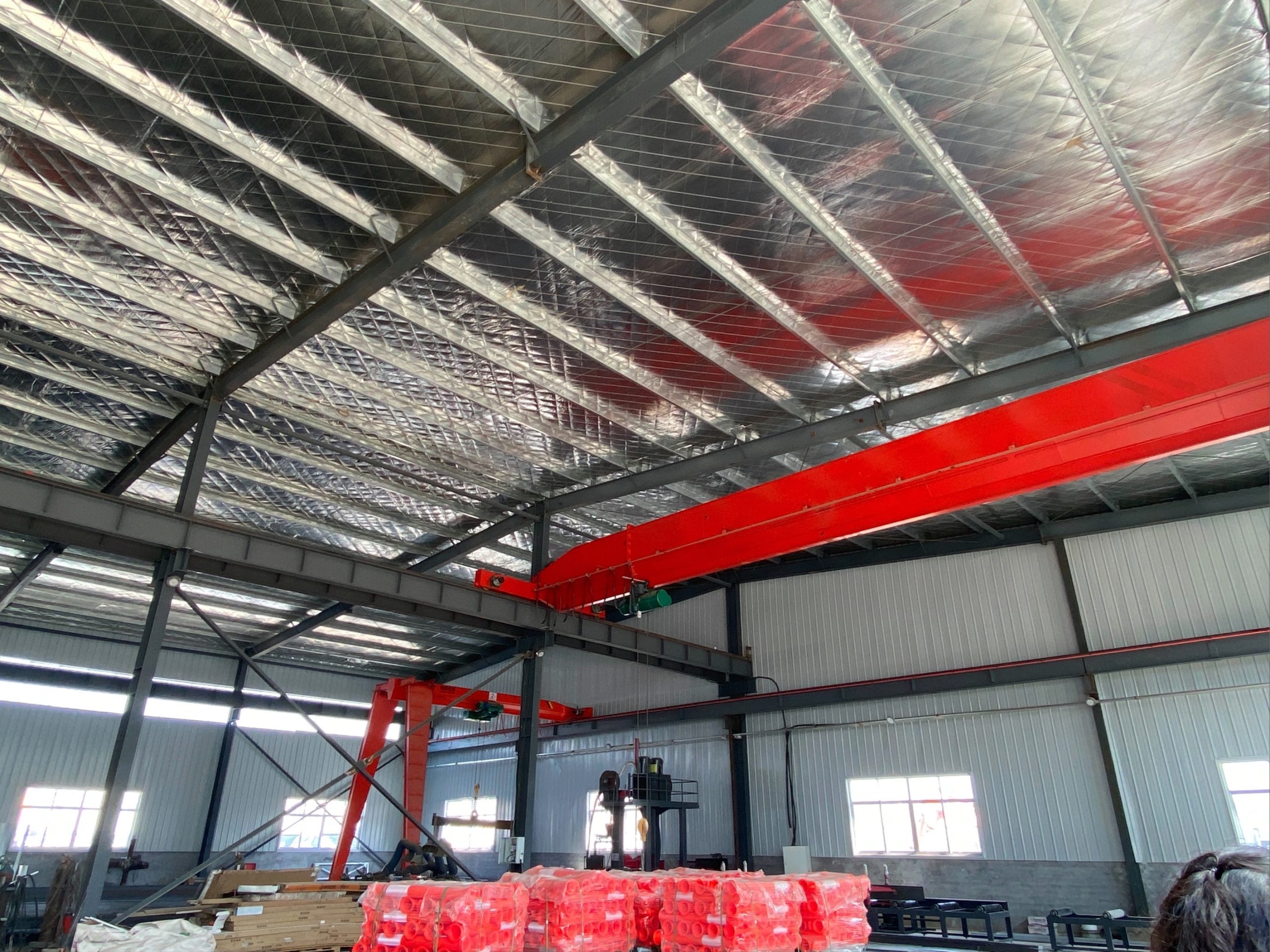
The system detected anomalies in the HVAC system that were causing energy wastage and inefficiencies. By addressing these issues promptly, the building was able to reduce energy costs by 15% and improve occupant comfort. Additionally, the system identified structural weaknesses in certain areas of the building that required immediate attention. By proactively addressing these issues, the building was able to prevent potential safety hazards and extend the lifespan of the structure.
Overall, the implementation of the intelligent operation and maintenance management system has transformed the way maintenance is conducted in steel structure buildings. By leveraging advanced technologies and data-driven insights, building owners and managers can optimize maintenance processes, reduce costs, and enhance building performance. As the demand for sustainable and efficient buildings continues to grow, the adoption of intelligent maintenance systems will become increasingly prevalent in the construction industry.

